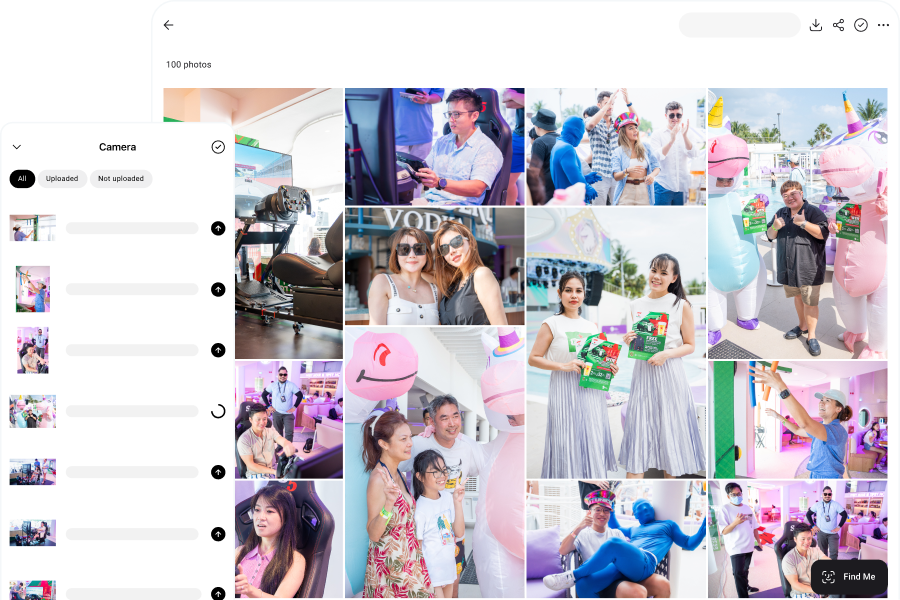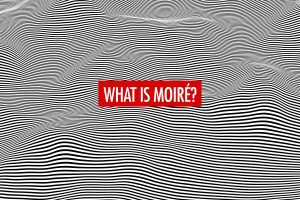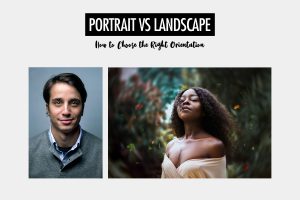Image licensing is one of the most important yet misunderstood parts of photography. Whether you’re a professional photographer, a brand, or someone who simply uses images online, licensing determines what can be done with a photo and who gets to benefit from it.
At its core, licensing gives permission to use an image under specific conditions, protecting your creative rights while giving clients legal clarity over usage.
To understand licensing, it helps to look at where it fits within the bigger picture of image rights. Every photo begins with copyright, which grants ownership to its creator the moment the shutter clicks. Licensing comes next, defining how others can use that copyrighted work.
Finally, usage refers to the actual application of the image, such as in an ad campaign, social media post, or website banner. Together, copyright, licensing, and usage form the framework that keeps image ownership and creative value clear for both you and your clients.
Understanding Copyright in Photography
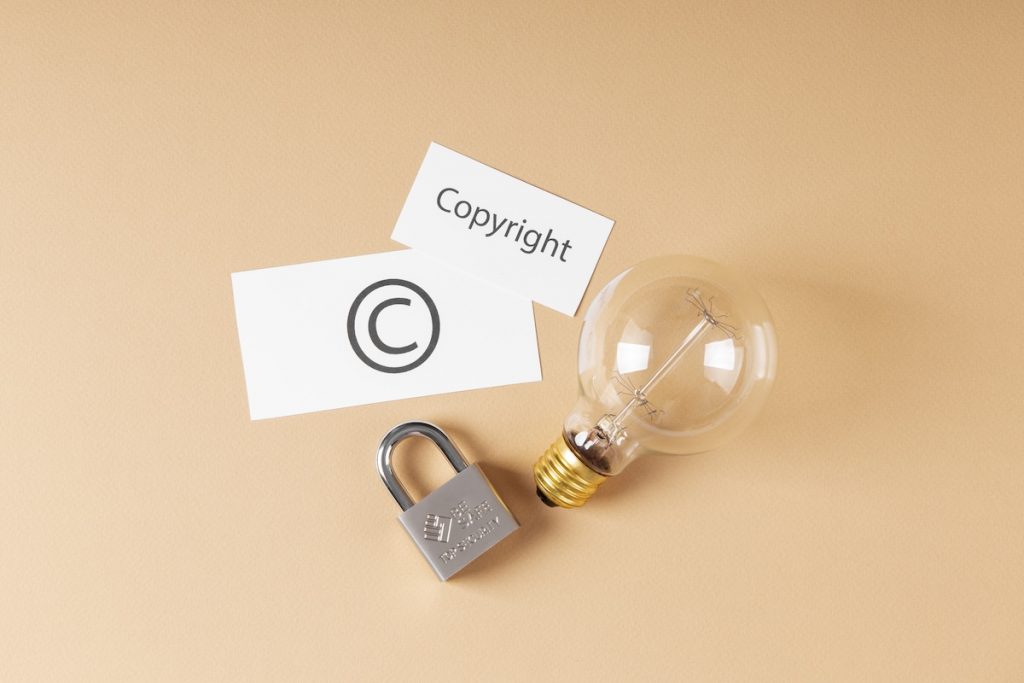
Copyright is automatically granted to the creator the moment a photo is taken, giving you exclusive rights to reproduce, distribute, display, and modify the image. This protection exists whether or not the photo is registered, though registration can strengthen your ability to enforce those rights in legal disputes.
Because you hold ownership, you have the authority to determine who can use the image and under what conditions. In some cases, ownership may transfer to an employer (under a work-for-hire agreement) or a client through a contract. You should always review terms carefully before signing anything that affects who holds the copyright.
There are also situations where licensing is not required. Public domain work may be freely used, and fair use allows limited usage for purposes such as education, commentary, or news—though fair use is context-dependent and often misinterpreted.
Why Licensing Matters in Photography

Since you own the copyright to your work, you get to decide how others can use it. This is where licensing comes in. A license outlines the specific terms under which an image can be used, giving both you and your client a clear understanding of what is permitted. Without an image license, usage can easily lead to confusion, disputes, or even legal trouble.
A well-written photo license typically includes three main elements: usage, duration, and exclusivity.
- Usage: Defines how the image can be used, whether for advertising, editorial publication, personal projects, or online promotion.
- Duration: Sets the time limit for the agreement, which might last a few months for a short campaign or several years for long-term use.
- Exclusivity: Determines whether the licensee has sole rights to use the image during the agreed period, preventing you from licensing it to others. Exclusive licenses often come at a higher cost because they limit your ability to monetize the image elsewhere.
Understanding these details is vital for both parties. For you, it ensures that your creative work is respected and fairly compensated. For clients, it provides confidence that they are using images legally and within the agreed boundaries.
A clear image license not only protects creative rights but also builds trust, setting the foundation for long-term professional relationships.
Types of Licensing Models

You can license your work in different ways, each offering unique benefits and levels of control. The main distinction often lies in how usage rights are defined, managed, and sold.
Here are the different types of licensing models.
- Rights Managed (RM): Defines how, where, and for how long an image can be used, often for a single campaign or publication. Each use requires a new license, generating higher revenue per sale but offering less flexibility for buyers.
- Royalty-Free (RF): Involves a one-time payment for broad, often unlimited use. Buyers can use the image multiple times across projects without additional fees, as long as they stay within the agreed terms. This model offers convenience for clients and volume-based earnings for you.
- Editorial license: Applies to images used in news stories, blogs, or educational contexts where the goal is to inform rather than promote. These images cannot imply endorsement or be used to promote products, because individuals featured are not providing consent for commercial gain.
- Commercial license: Grants permission to use images for marketing, advertisements, or brand communications. Because the intent is profit-driven, these licenses usually require signed releases from subjects or property owners. Commercial usage tends to command higher fees since it directly supports a business objective.
- Personal-use license: Limited to private, non-commercial enjoyment, such as printing for home decor or sharing on personal social media. This model is ideal if you’re selling photos directly to consumers—for example, through online galleries where guests buy their own images for keepsakes.
- Extended license: Allows usage beyond standard commercial terms, such as on merchandise, packaging, or high-volume printed products. They are often chosen when an image will be distributed widely or tied directly to a product being sold. Because of the broader reach and revenue potential, extended licenses typically come with higher fees that reflect the increased value of the usage.
- Exclusive vs non-exclusive: An exclusive license grants one client sole usage rights for the agreed period, while non-exclusive rights allow multiple buyers to license the same image simultaneously.
Putting Licensing Into Practice
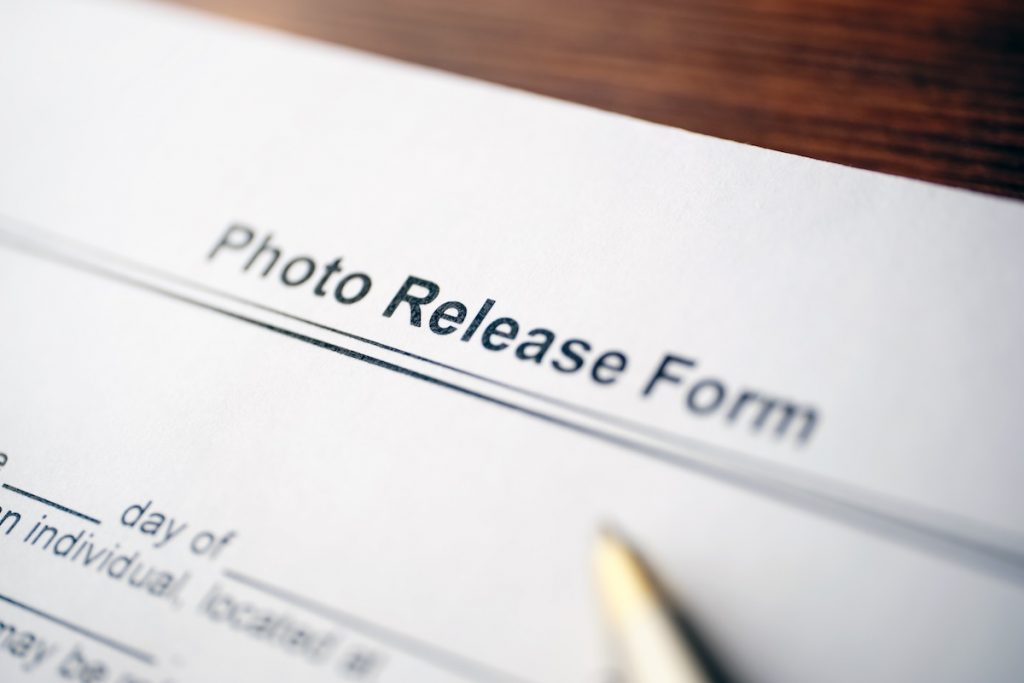
Licensing your images begins with understanding the value of your work and defining how you want others to use it. Rather than simply uploading to a platform and waiting for sales, effective licensing involves setting clear terms, choosing the right channels, and maintaining professional documentation.
The first step is to decide what kind of photo license fits your goals. If you’re building a portfolio for brand collaborations, commercial or editorial licenses might make sense. If you’re selling directly to individuals, personal-use licenses for portraits, event photos, or wedding images are suitable. Setting consistent terms across your body of work helps buyers understand what they’re getting and builds trust in your professionalism.
Next, choose platforms or tools that align with how you want to distribute your work. Stock sites like Alamy or Picfair let you upload and license images under RM or RF models, while direct-to-client platforms allow you to maintain control over pricing and terms.
For photographers who capture live sports or event-based work, tools like Honcho simplify the process even further by enabling you to instantly sell photos under a personal-use license as soon as they’re uploaded. Clients can find and purchase their photos through face recognition, making the entire licensing experience seamless and automated.
It’s also important to create clear documentation for your image licenses. Even a simple one-page agreement outlining usage, duration, and payment can prevent misunderstandings later. Include release forms for any identifiable people or private property, as these are often required for commercial use.
Finally, price your licenses according to scope and exclusivity. A small local ad campaign and a global digital campaign don’t carry the same value, so your fees shouldn’t either. Setting a structured pricing model ensures consistency while leaving room for negotiation when larger clients come your way.
Monitoring and Enforcement
Once an image is licensed, the work is not entirely finished. You need a way to ensure that your images are being used according to the terms that were agreed upon. Monitoring usage helps protect your rights, maintain the value of your portfolio, and prevent unauthorized distribution or misuse.
One approach is to track where and how your images appear. This can be done manually by checking websites and social platforms where your clients publish content, but automated tools make the process easier. Services like Pixsy, Google Image Reverse Search, and copyright monitoring platforms can alert you when your image appears online without permission or outside the agreed terms.
Another important part of monitoring is keeping an eye on license duration. If an image license covers a six-month campaign or a one-year promotional period, it’s your responsibility to note when that usage period ends. A polite renewal reminder can often result in additional revenue and continued working relationships.
If a breach occurs, start with clear and professional communication. Many violations happen by misunderstanding rather than intentional misuse. Explain the license terms, show where the misuse occurred, and outline the steps needed to correct it, which could include removing the image, crediting appropriately, or purchasing a new photo license. If the issue is serious or repeated, legal counsel may be necessary, but it’s usually a last step after all other solutions have been exhausted.
Strong enforcement is not about confrontation. It’s about protecting the value of your work and maintaining fairness in how your images are used. Consistently monitoring usage and communicating clearly builds confidence in your professionalism and ensures your images continue to generate the value they deserve.
Glossary of Terms
Exclusivity: An exclusive license means you are barring any other entity from licensing the same image during the agreed period. This often comes with a higher fee due to the limitation it imposes on your ability to monetize the image elsewhere.
Duration: This clause specifies the timeframe within which the licensed image can be used. It could be for a particular campaign, a fixed number of years, or indefinitely.
Territory: Outlines the geographical area where your work can be used. This could be limited to one city or country, or extend to global usage.
Usage: This specifies the manner in which the image can be used, whether for editorial, commercial, promotional, or personal purposes.
Rights management: This clause outlines whether the image can be altered, cropped, or manipulated in any way, and to what extent.
Payment and royalties: Details the financial terms of the image license, including one-time fees, royalties, or any other revenue-sharing arrangements.
Termination: Describes the conditions under which either party can terminate the image license, which may include a breach of terms or other specified events.
Warranties and liabilities: These clauses protect both parties by outlining the responsibilities and protections in place, in case the work infringes on others’ rights or contains errors.
Sub-licensing: Specifies whether the licensee has the right to sub-license the image to third parties and under what conditions.
FAQ
Yes. Copyright is automatically granted to you the moment you take a photo. You do not need to register your images for them to be protected, although registration can make legal enforcement easier if a dispute arises.
Posting images on social media does not remove your copyright. However, most platforms require you to grant them a license to display, distribute, and sometimes modify your content within the platform. This means your rights remain intact, but you allow the platform to use your image for functional purposes like previews, feeds, and algorithmic display.
If you did not create the image and it’s not explicitly in the public domain, you generally need a photo license. Using an image without permission, even if it’s publicly visible online, can result in copyright infringement. Always check the usage rights, contact the creator, or use platforms that clearly state licensing terms.
No. Finding an image online does not mean it’s free to use. These are often copyrighted works, and using them without permission can lead to legal issues. Look for Creative Commons, royalty-free image libraries, or contact the original creator.
Fair use applies in limited cases such as commentary, criticism, education, or news reporting. However, it’s evaluated on a case-by-case basis and depends on factors like intent, how much of the image is used, and whether the use affects the original work’s market value. Because fair use is complex and often misunderstood, when in doubt, it’s safer to seek permission.
Pricing usually depends on how the image will be used, how long it will be used for, the size of the audience, and whether the image license is exclusive or non-exclusive. A photo used in a global ad campaign, for example, would be priced higher than one used for a small local project.


